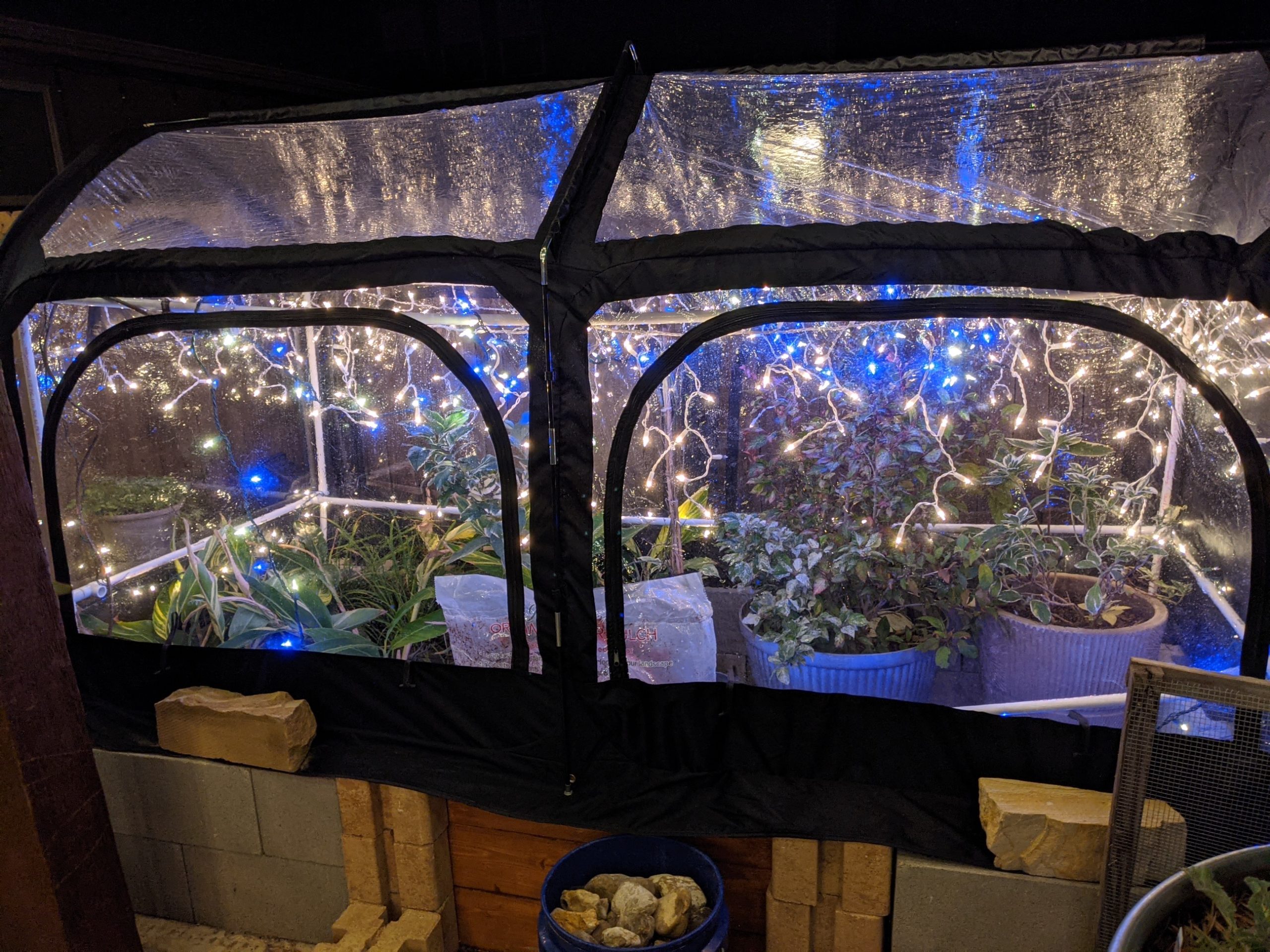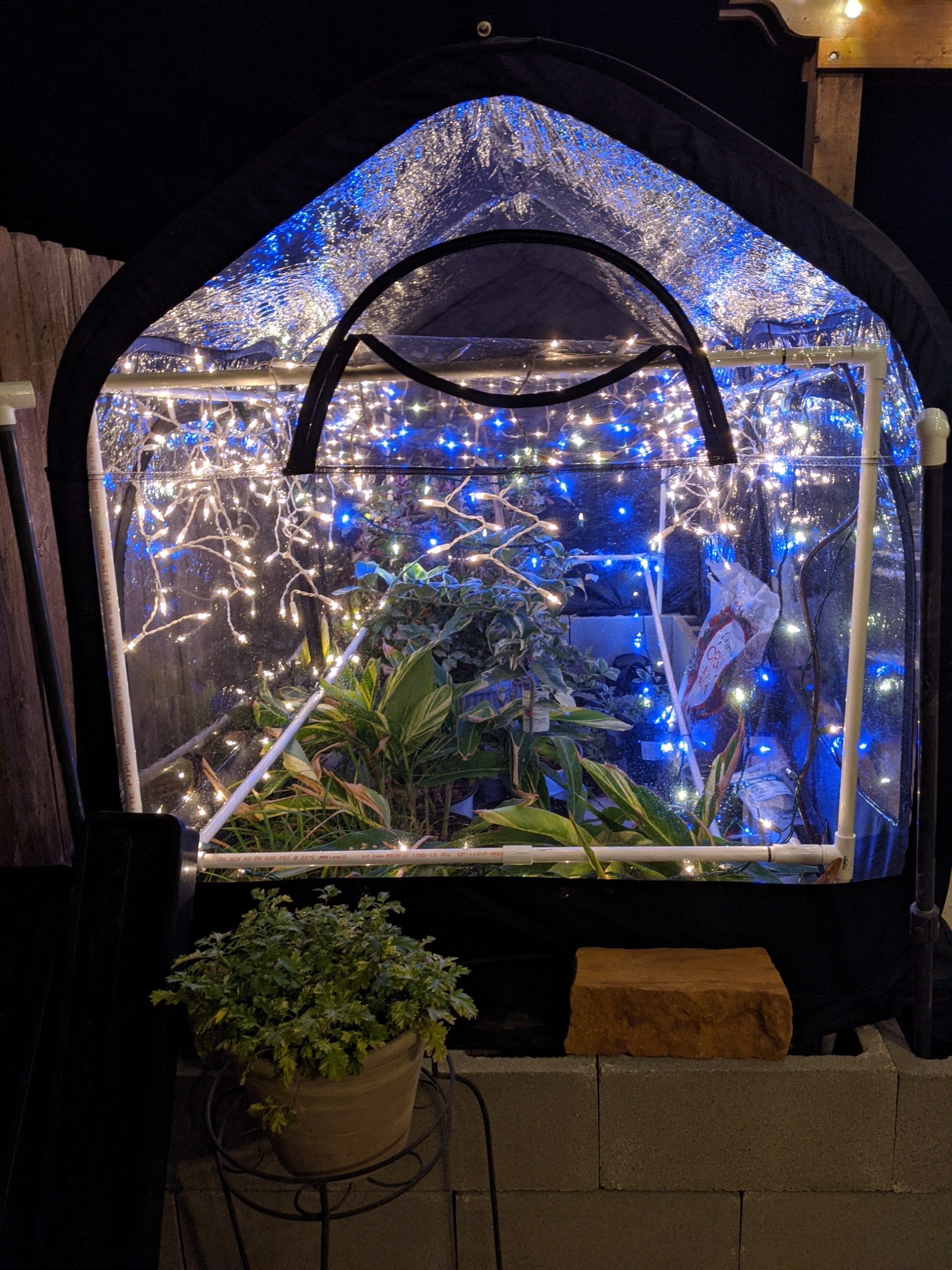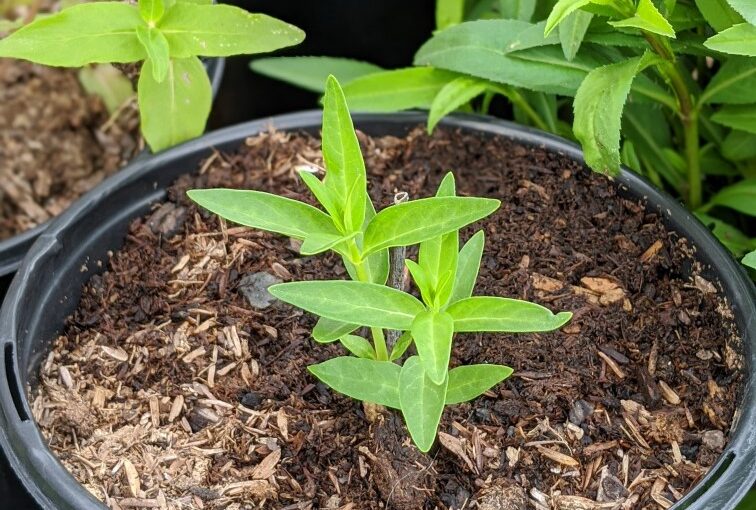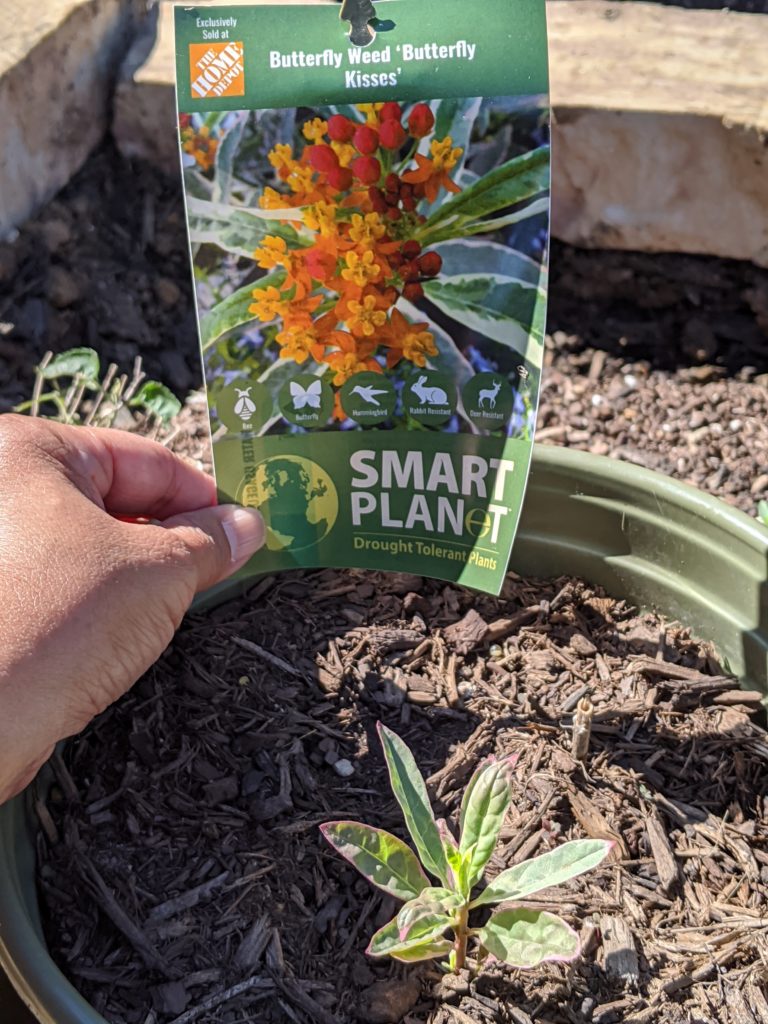Back in October I purchased a Quictent pop-up grow house in preparation of housing my frost-tender plants outdoors, including my first-this-year variegated lemon tree. It took 2 tries to get it right, but in the end I was happy with the results. All I have to say is watch the unpacking video, read the instructions, and watch the video AGAIN so that you don’t encounter problems in setup. I confess that I strayed from the step-by-step order and ended up snapping one of the fiberglass poles, held together by stretchy rope.
I walled off about 32 square feet on the patio with a cinderblock border about 3 blocks high, or roughly 2 feet tall.
I then unpacked and erected the tent, though I found it helpful on the 2nd try, to have an extra pair of hands setting it up. Strong winds can make setup challenging.
Originally, DH suggested a pass through, so we cut 4 pieces of lumber, stained them, and purchased additional planter blocks to create something of sliding system for a removable wall.
I picked up a wifi enabled mini hygrometer made by Inkbird to monitor night time internal temperatures. I soon learned that on frigid nights, the grow house really didn’t offer much insulation. I would have to find a way to heat the space.
String lights to the rescue. Or not! I dug through closets hunting down old Christmas string lights. Meanwhile, DH put together a light stand constructed from PVC pipes and erected it inside the grow house.
Unfortunately, the mini string lights didn’t produce enough heat to impact overnight temperatures inside the grow house. But it looked pretty enough!
Maybe the old lights were LED, which couldn’t warm up the space like I wanted. So I hunted down some incandescent C9 string lights at the local home improvement store–and voila–instant results!
Temperatures stayed anywhere in the range of 4 to 10 degrees above local outdoor overnight temps. And the tent was brighter too. Overall I used a total of 3 25ft string lights, connected to a splitter on the power cord end. The number of bulbs limited the number of strings that could be connected together, without blowing a fuse–unlike the LED strings that I had hung previously.

On the wall end, the power cord connects to a wifi-enabled dual headed outlet rated for outdoor use. It was handy to schedule times when the lights turned off and on. I could also run automation to turn on the lights when local temperatures dipped below a certain threshold.
All in all, it was a learning experience setting up the tent and heating it. Time will tell if this outdoor grow house setup can endure the harsh winter elements. The only grievance I have is with the delicate C9 bulbs whose filaments break very easily at the slightest blow. I discovered this after I tested every light beforehand, only to find bulbs damaged post installation.



























